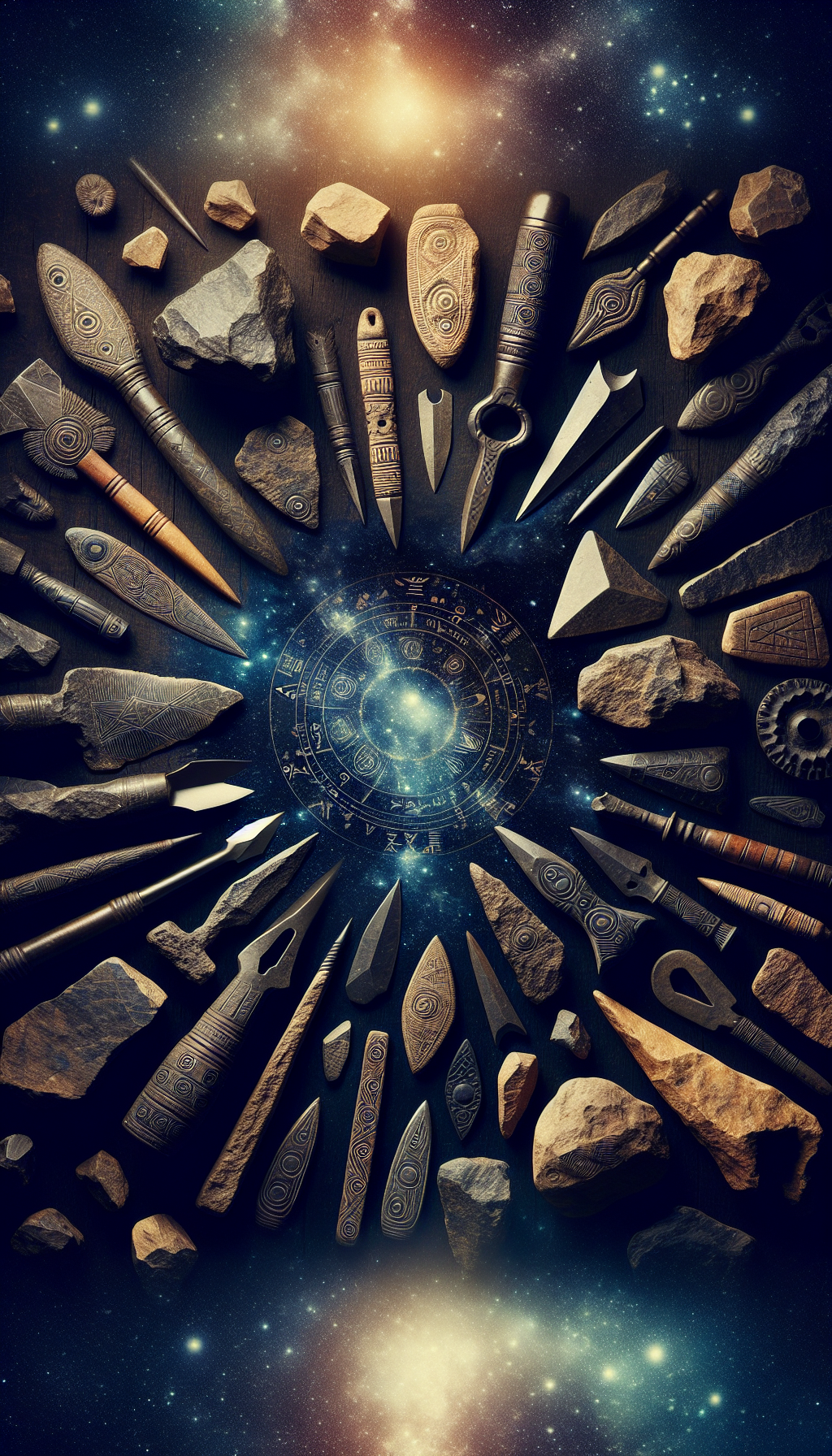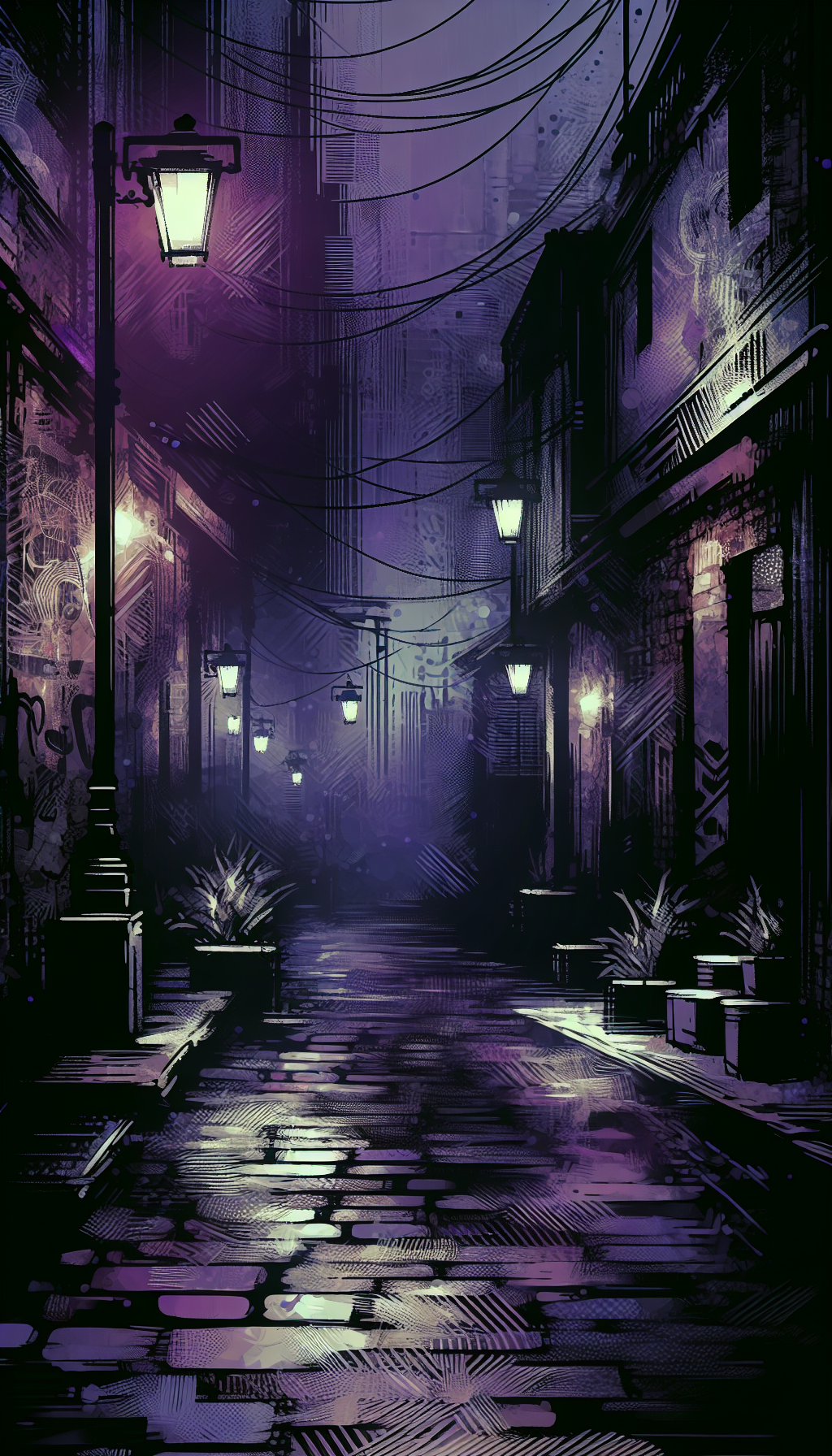Dino Rosin 1948 Original Sculpture Balancing Rock
Collectors often encounter listings that read like this one: “Dino Rosin 1948 Original Sculpture Balancing Rock.” For the appraisal-minded, every word carries meaning. This guide unpacks the artist, materials, hallmarks of authenticity, condition pitfalls, and valuation factors that affect a Dino Rosin “Balancing Rock” sculpture—so you can evaluate, insure, or sell with confidence.
Understanding the Artist and the Title
- Who is Dino Rosin: Dino Rosin (born 1948) is a Murano glass master known for hot-sculpted, solid glass forms that are then finely cold-worked and polished. He worked closely with his elder brother, the late Loredano Rosin, and is especially associated with the dramatic, stone-like swirls of calcedonia glass.
- Why “1948” appears: In most listings, “1948” refers to Rosin’s birth year, not the date of the sculpture. Appraisals should confirm the creation date separately; many pieces are 1990s to contemporary.
- What is “Balancing Rock”: Titles such as “Balancing Rock” are common for Rosin’s abstract forms that emphasize poised mass and gravity-defying balance. Expect a substantial, solid-glass sculpture with a polished base and a form that visually teeters while remaining stable.
Key takeaway: Don’t assume age from the listing title; verify date of creation, medium, and signature to establish the work’s identity and market position.
Materials and Techniques: What Defines a Rosin Sculpture
- Massiccio (solid hot-sculpted glass): Rosin’s works are typically sculpted hot from solid gathers rather than blown. The mass carries weight, retains heat longer, and demands careful annealing to avoid internal stress. Expect significant heft for the footprint.
- Calcedonia glass: A hallmark. This technique yields swirling, stone-like chromatic patterns reminiscent of chalcedony. The effect arises from metallic oxides that strike irregularly. No two calcedonia pieces have identical patterns.
- Sommerso and color effects: Some pieces use sommerso (color layers encased in clear) to create depth around a colored core. Others are entirely in calcedonia or clear with subtle tonal veils.
- Cold-working and polish: After annealing, surfaces are shaped on wheels, ground flat (especially the base), and polished to a water-clear sheen. Edges may be softened; planes are often mirror-finish. The quality of polish is a key marker of studio-level Murano work.
- Base and pontil finish: Expect a ground and highly polished base. A neatly finished base with minimal rippling is typical; felt pads may be added by galleries, but original labels are sometimes applied to the glass.
Visible cues of authenticity in materials and workmanship:
- Weight for size (dense, solid interior).
- Complex, non-repeating calcedonia veining without muddy browns or cloudy devitrification.
- Optically clean polish with crisp reflections.
- Subtle tool marks that are consistent with hot-working, not seams from molds.
Identification and Authentication
Signatures and inscriptions:
- Etched signature: Look for a diamond-point or wheel-engraved “Dino Rosin” on the base, sometimes followed by “Murano” and occasionally a year. Script varies slightly over time but tends to be legible and confident.
- COA and gallery paperwork: Certificates of authenticity from the studio or a reputable gallery can support provenance but are supplemental—always confirm against the object.
- Labels: Foil “Murano” labels are common across the island and are not definitive proof by themselves. A studio-specific label for “Vetreria Artistica Dino Rosin” or similar is helpful but still secondary to the engravings and craftsmanship.
Form and finish to scrutinize:
- Base geometry: Flat, uniformly polished base with a centered or subtly offset footprint that aligns with the sculpture’s balance point.
- Polish consistency: Uniform high polish with no “orange peel” or matte patches unless intentionally textured.
- Vein continuity (calcedonia): Natural, continuous striations that flow with the form; abrupt color cutoffs can indicate grinding through layers, which is not necessarily a flaw but should be even and purposeful.
Common pitfalls and misattributions:
- “Murano-style” imports: Lighter weight, poor polish, sloppy bases, and acid-etched generic “Murano” marks are red flags.
- Confusion with Loredano Rosin: The brothers’ aesthetics overlap. Verify the exact signature. “L. Rosin” belongs to Loredano; “Dino Rosin” should be spelled out.
- Assumed dates: Retail tags or online listings may imply earlier creation than reality. Cross-check the engraving and provenance.
Practical steps to confirm authenticity:
- Photograph the signature and base under raking light.
- Examine the interior with a flashlight; look for clean gathers and controlled bubbles (if present) rather than random seeds.
- Assess the calcedonia or color layering for the nuanced variance that skilled Murano makers achieve.
- Weigh and measure; record dimensions to the nearest millimeter and weight to the nearest 0.1 kg.
- Compare details with known, documented Rosin pieces of similar form.
Condition Assessment and Risks
Solid glass is resilient but not impervious. Appraisers should document:
Typical condition issues:
- Edge and corner chips: Especially on angular or crisp edges. Even a 1–2 mm flake chip can impact value notably on polished planes.
- Surface scratches: Circular micro-scratches on bases from rotation on hard shelves; linear scratches on sides from cleaning with abrasives.
- Bruising and internal stress fractures: Subsurface crescents or “star” fractures from knocks. Differentiate from natural striations in calcedonia.
- Devitrification: Milky, crystalline hazing usually from overheating or long-term exposure to unsuitable conditions. Most evident on matte or unpolished areas, but can appear in shallow scratches.
- Thermal shock and anneal issues: Fine, curved “cord” lines are typically benign strain lines, but branching cracks that reach the surface are structural.
How to inspect safely:
- Use diffuse daylight plus a narrow-beam flashlight, angling across surfaces.
- Run a clean cotton pad across edges; snagging can indicate micro-chips.
- Polarized filters can reveal stress patterns, but interpret cautiously.
- Never tap-test; shock can propagate hidden weakness.
Repair and conservation:
- Professional cold-working can polish out minor scratches and reduce small chips, but any material removal alters original contours and should be disclosed.
- Structural cracks are generally not restorable to invisible standards in clear or calcedonia glass.
- Avoid DIY adhesives; yellowing and bloom are common and reduce value.
Valuation: Comparables, Scale, and Market Factors
Value depends on a matrix of factors. For a Dino Rosin “Balancing Rock”-type sculpture, consider:
Primary drivers:
- Scale and mass: Larger, taller forms (e.g., 40–70 cm tall) with substantial weight command higher prices.
- Material: Calcedonia works are typically more desirable and costly than plain clear or single-color pieces, given the complexity of the technique.
- Aesthetic balance and execution: Pieces that convincingly “float” or pivot visually while remaining secure are especially sought after.
- Signature clarity and date: Clear, well-placed signature and an engraved year help.
- Condition: Mint or near-mint is crucial. Polished-out repairs reduce value.
Market context (typical ranges; your local market may vary):
- Small to mid-size non-calcedonia abstract works: Often trade at auction in the low four figures.
- Mid to large calcedonia abstract works: Commonly mid-four to mid-five figures at retail galleries; auction results can be significantly lower depending on demand and sale venue.
- Exceptional statement pieces: Especially large, technically ambitious forms can exceed typical ranges.
Where appraisers go wrong:
- Overweighting retail asking prices: Gallery stickers often include significant margins; verify with recent auction comparables.
- Ignoring currency and location: Murano glass can perform differently in European vs. North American sales.
- Assuming title uniqueness: “Balancing Rock” may refer to multiple variations; match form and size precisely to comps.
Documenting for appraisal:
- Full measurements (H x W x D) and weight.
- Detailed photos: All sides, base, signature, condition areas.
- Provenance papers, invoices, or COA scans.
- Notes on lighting behavior (how veins present in different light).
Care, Display, and Insurance
Safe display:
- Place on a level, load-bearing surface; glass can be deceptively heavy for its footprint.
- Use museum gel or clear quake putty on the base if local conditions warrant; test first to ensure no residue on polished bases.
- Avoid direct, focused sunlight that creates hotspots on or beneath the base; thermal gradients can stress glass.
Routine care:
- Dust with a clean microfiber; for cleaning, use lukewarm water with a drop of mild detergent. Rinse thoroughly, pat dry with lint-free cloths.
- Avoid ammonia and abrasive powders; they scratch and dull polish.
- Handle with nitrile gloves using two hands—support low and centered, not by projecting “rock” elements.
Insurance notes:
- Insure for retail replacement value if replacement would be through a gallery.
- For equitable resale or estate contexts, fair market value (most commonly at auction between willing buyer and seller) is appropriate.
- Revisit valuations every 2–3 years or after notable market shifts.
Quick Appraisal Checklist
- Confirm identity: Etched “Dino Rosin” signature on base; note any date or “Murano.”
- Record specs: Exact dimensions and weight; note calcedonia or color technique used.
- Inspect condition: Chips, scratches, bruises, stress lines, devitrification; photograph all findings.
- Verify provenance: COA, receipts, gallery labels; align dates and titles.
- Compare comps: Match size, technique, and form—distinguish retail asks from realized prices.
- Determine scope of value: Choose retail replacement vs. fair market depending on purpose.
- Recommend care: Stabilize display, cleaning guidance, and whether conservation is advisable.
FAQ
Q: Does “1948” in the title mean the sculpture was made in 1948? A: No. It refers to Dino Rosin’s birth year. Verify the actual creation date on the engraved base or supporting paperwork.
Q: How can I tell if the glass is true calcedonia? A: Look for complex, stone-like veining that varies in color and density across the form without repeating patterns. Under light, the colors shift subtly. The effect is integrated in the glass, not surface-painted or laminated.
Q: Where should I find the signature? A: Typically diamond-point or wheel-engraved on the polished base, reading “Dino Rosin,” sometimes with “Murano” and a year. If absent, proceed cautiously and rely on workmanship, provenance, and expert comparison.
Q: Can chips or scratches be repaired? A: Minor scratches and small edge chips can often be reduced by professional cold-working, but any material removal changes the original finish and should be disclosed. Structural cracks are rarely restorable to an invisible standard.
Q: How do I set an insurance value? A: Use retail replacement value based on current gallery pricing for a comparable piece of similar size and technique. For estate or resale, use fair market value based on recent auction results for closely matched works.




